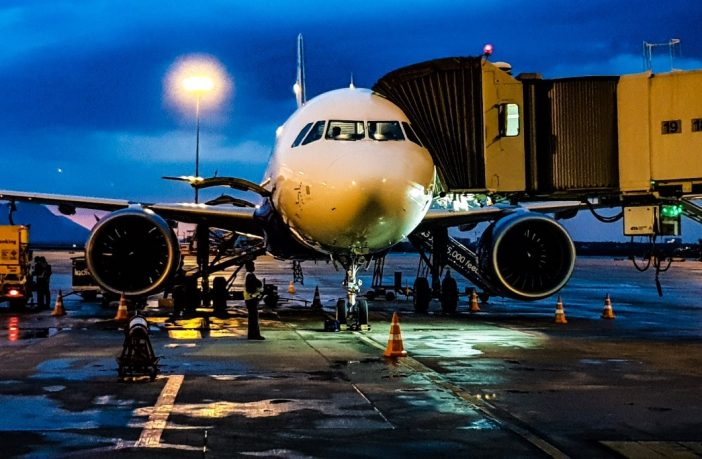- A ground-mounted 500kW solar PV system will be installed at Moi International Airport, Mombasa.
- The system which includes battery backup, will power the gate equipment which will supply pre-conditioned air and compatible electric power respectively to aircraft docked at an existing passenger boarding bridge.
- The initiative will save on electricity plus reduce carbon emissions.
International solar company, Solarcentury, has signed a contract with ICAO to install a solar photovoltaic (PV) plant at the Moi International Airport, Mombasa. The solar company will install a ground-mounted 500kW solar PV system at the airport that will generate 820,000 kWh per year and offset 1,300 tonnes of CO₂ annually.
The system will be interconnected to the airport terminal grid and will prioritise consumption of the solar power over the grid.
Jonny Andersen, managing director for Kenya Airports Authority said: “We are excited to be the premier airports authority in the region to have the solar PV system installed. The expected savings on electricity as well as the reduction in carbon emissions will contribute towards the efficient operations of Moi International Airport.”
Solarcentury will also install airport gate electrification equipment consisting of a mobile electric-powered pre-conditioned air (PCA) unit and an electric 400 Hz Ground Power Unit (GPU) converter and importantly a large battery storage that will provide uninterrupted power to the PCA and GPU whilst in use.
The electricity generated from the solar PV panels will power the gate equipment which will supply pre-conditioned air and compatible electric power respectively to aircraft docked at an existing passenger boarding bridge, or parked at a remote stand.
They will eliminate existing carbon emissions from the aircraft on-board auxiliary power unit (APU) powered by jet fuel and from portable ground power units (GPU) fuelled by diesel, by providing pre-conditioned air and compatible electricity that runs on solar energy to aircraft during ground operations.
This marks the first airport to have a solar PV system installed in East Africa. It will pave a critical step in reducing the carbon footprint of aviation in Africa, in support of the environmental objectives of the International Civil Aviation Organisation’s (ICAO) member states.
Once completed, the solar system will enable the international airport to save many thousands of dollars per year on grid consumption for at least 25 years, while reducing aviation carbon emissions.
Guy Lawrence, director of Solarcentury East Africa commented: “This is an exciting project for Solarcentury as it not only heralds the first International Airport in East Africa to turn to solar PV and battery storage, but it also entails the addition of the PCA and GPU to enable arriving aircraft to offset all their carbon emissions on the ground.”
The project is part of a €6.5m initiative, entitled “Capacity Building for CO2 Mitigation from International Aviation”, implemented by ICAO and funded by the European Union targeting 14 countries – 12 of them from the African region and two from the Caribbean region – to reduce CO2 emissions in the aviation sector.
This initiative aims to support efforts by countries in developing and implementing their action plans on CO2 emissions reduction from international aviation, to establish aviation environmental systems for emissions monitoring at the state level and to implement mitigation measures in selected states.
The solar-at-gate project at Moi International Airport is expected to spur interest among other ICAO’s member states as a successful example on how to tackle the impacts of aviation on the environment, which may be replicated at a larger scale.
Jane Hupe, deputy director environment for ICAO, said: “The implementation of these “solar-at-gate” projects is a good example of how to reduce CO2 emissions and achieve greater sustainability in the aviation sector by using renewable energy technology.
“There is a great interest from ICAO member states to embark on these projects and the availability of funding from partners will allow ICAO to support their replication at a global scale.”
Work on the site will take 10 months and the systems are expected to be generating solar electricity by 2019.
Author: Babalwa Bungane
This article was originally published on ESI Africa and is republished with permission with minor editorial changes.















